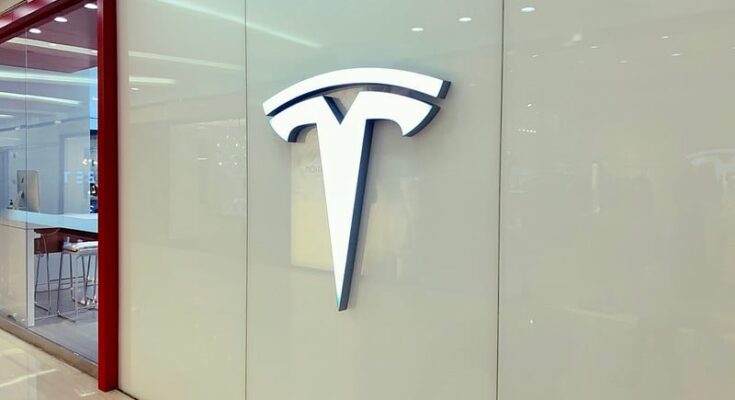At Tesla’s AI Day event in 2021, Elon Musk said he expected Tesla’s humanoid robot, Optimus, to be available in factories by 2022. However, this never happened.
Tesla CEO Elon Musk is known for making grandiose statements that are not always accurate but captivate people’s attention. This time, he succeeded in building up expectations for Tesla’s robot production.
Although Musk’s expectations were not met, Tesla’s humanoid robot program did not stop there. The program aims to launch the Optimus model, a 1.7-meter-tall humanoid robot designed to do “boring, repetitious and dangerous work” in manufacturing factories.
The announcement changed the robot market forever, with Industry analysts crediting this premature announcement at the 2021 AI Day. One year later, Elon Musk stated that Tesla’s humanoid robots would one day be worth more than their electric vehicles.
The anticipation that Musk created for the launch of Tesla’s humanoid robots prompted industry competitors to reveal their own humanoid robot projects.
This is evident from Honda and Hyundai announcements in 2021 to 2022. The Asian car manufacturers have been working on humanoid robots for years, and in 2021, Honda shocked the world by introducing the Avatar robots.
These robots are said to be a “second self” for users and will reportedly be put into practical use in the 2030s.
Tesla’s humanoid robot Optimus is expected to work in Tesla factories by 2025
Despite Musk’s past announcements in 2021 and 2022, it looks like Tesla’s humanoid robot Optimus might be coming sooner than expected.
During a Q2 earnings call at Tesla, Elon Musk once again claimed the car manufacturing company will produce humanoid robots that will begin working in its factories by 2025.
Musk took to his social network X, formerly known as Twitter, to announce that “Tesla will have genuinely useful humanoid robots in low production for Tesla internal use.”
In fact, during Tesla’s earnings report earlier in the week, the company reported that the Tesla humanoid robots, known as the Optimus model, “began performing tasks autonomously in one of our facilities.”
The report claims the Optimus model has been handling batteries in one of Tesla’s factories.
Musk added that these robots will “hopefully” be available for high production purposes in other companies in 2026.
Tesla’s investment in robotics does not stop with the humanoid Optimus robots
Self-driving cars are not a new notion. While companies like Google have attempted to release these types of cars, no company has yet succeeded in mass-producing them.
Tesla EVs already have self-driving capabilities. Some of these include navigating on autopilot, autosteer on city streets, and stopping at signs and traffic lights. Despite there being some reports of accidents related to these self-driving capabilities, they have been largely successful for users.
Tesla had promised to implement these capabilities into a fully automated car they called the Tesla Robotaxi.
The company has been locally producing the Tesla Robotaxi, designed for ride-hailing services, at Tesla’s Giga facility in Texas. Robotaxis will operate without human assistance, and their use will be requested through apps much like Uber. They will also rely on Tesla’s safe driving capabilities.



